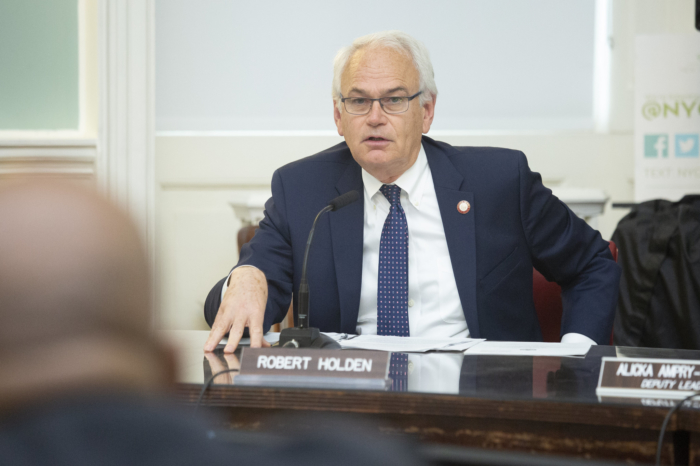By The Greater Astoria Historical Society
In conjunction with the Greater Astoria Historical Society, the TimesLedger Newspapers presents noteworthy events in the borough’s history
As chill winter winds gave way to the gentle breezes and new life that mark the passage into spring, America in 1954 was about to enter an uncertain, tumultuous period in its history. Frightening new technology cast a pall of complete destruction over the entire planet. Previously marginalized groups struggled for their voices to be heard, and young Americans growing into adulthood often rebelled to establish an identity distinct from their parents.
Closer to home, out of control youths seemed to run wild in the streets, schools and apartment blocs of the borough. In Elmhurst, two youngsters playing hookey from school on St. Patrick’s Day tested their Irish luck at the Museum of Natural History, stealing poison darts from an exhibit on the Indians of the Peruvian rain forest. The boys later turned themselves in to the local police station, along with their haul of arrows tipped with the lethal poison curare, which paralyzes the respiratory system, heart and brain of its target.
Not to be outdone in the juvenile arms race, on March 17 a car-stealing zip-gun gang which prowled the streets of Bayside faced justice in Ridgewood Felony Court for assaulting another youth at gunpoint. Bail was set at $10,000 for the ringleader. The gangster who manufactured the crude firearm used in the attack was also tried and held on bail.
In the face of such daily mayhem, the March 9 Long Island Star Journal echoed a common plea from local police: “Give us a chance to use our kind of medicine… a kick in the pants!”
Queens lost a little piece of its history to the relentless march of time that year. On March 28, the 18–room Clark mansion on Kissena Boulevard in Flushing was completely destroyed in a two-alarm blaze. Originally named Evergreen Lawn, the mansion and its surrounding estate were built in 1815 by Preserved Fish, so named after surviving a harrowing birth at sea during a heavy storm. A garage on the estate, which was slated for redevelopment into cooperative apartments, housed an antique car collection belonging to the house’s last owner, one Henry Austin Clark.
Even the passage of time, however, does not bury beautiful, vivid memories of people, places and experiences long past.
In March, Mrs. Margaret Lyons of 37th Street in Long Island City celebrated her 80th birthday in the house in which she was born in 1874. The sprightly grandmother recalled winter days when families hung their laundry outside, the laundry water stained with the color of clothing, leaving behind a frozen rainbow on the pavement where it was dumped.
The Queens resident wistfully related shopping trips to Manhattan—two trolley rides and a ferry trip each way – before bridges spanned the East River, and stories of neighbors getting together to help build houses for newcomers to the neighborhood.
“I often tell my children,” she said, reflecting on days past, “how I wish Blissville could come back for only one day to let them see what it was like – the rolling green hills and farms, the goats, chickens and pigs that everyone kept, and the dancing and games outdoors in the summertime.”
For further information, contact the Greater Astoria Historical Society at 718-278-0700 or visit their website at www.astor
































